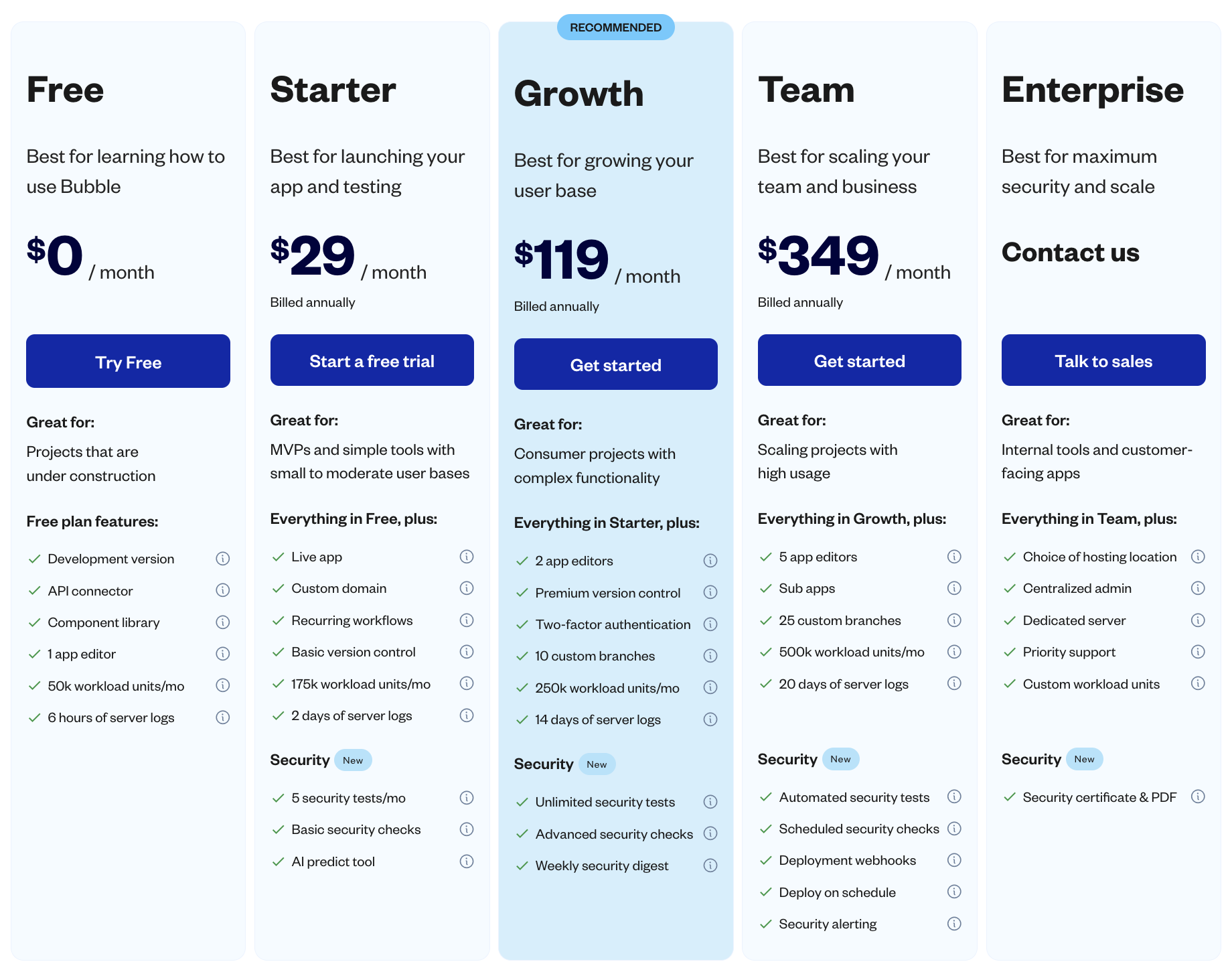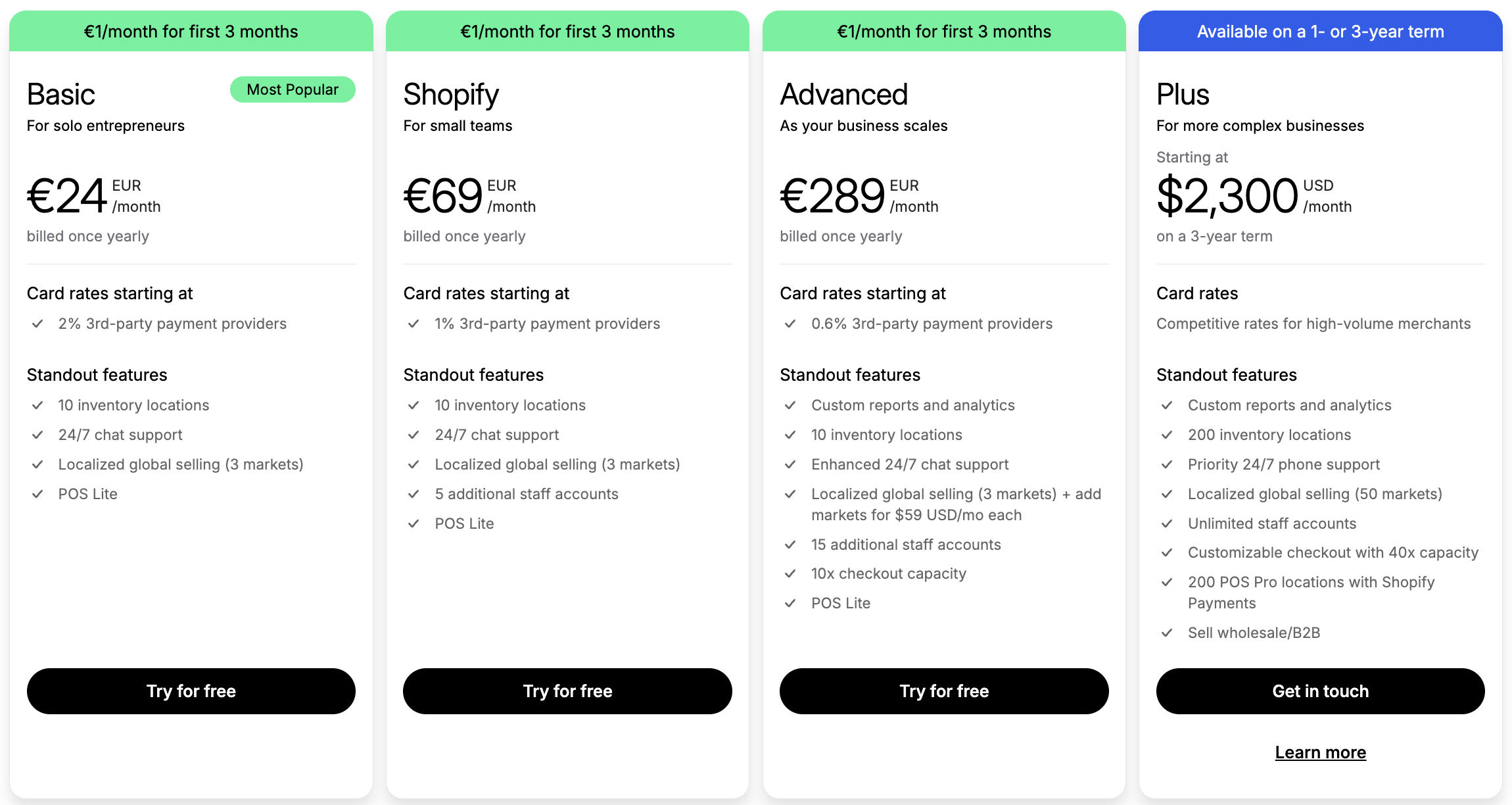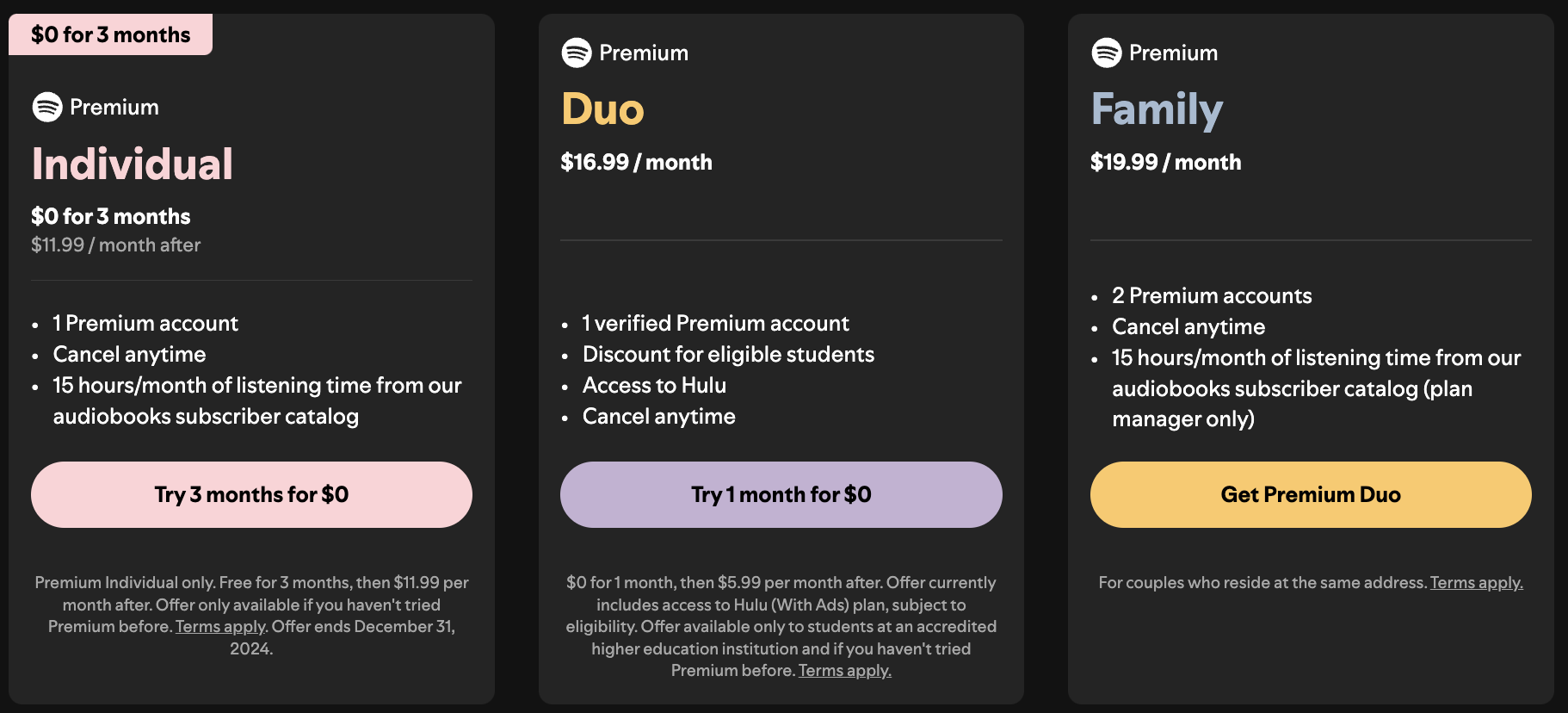Compromise, Anchoring and Decoy Effects Explained with SaaS Examples
Behavioral pricing strategies often overlap, but each tactic has unique mechanisms and effects. Understanding the distinctions between the compromise effect, anchoring, and the decoy effect can help you craft more effective pricing models. Let’s explore how these SaaS pricing tactics differ and when to use them.
Key Differences at a Glance
| Pricing Tactic | Definition | Goal |
|---|---|---|
| Compromise Effect | Encourages customers to choose a middle option to avoid extremes. | Simplify decision-making. |
| Price Anchoring | Sets a reference point to make other options look more reasonable. | Shape perceived value. |
| Decoy Pricing | Adds a less attractive option to make another choice appear superior. | Steer customers to a preferred option. |
Deep Dive into Each Pricing Tactic
Compromise Effect
When faced with multiple options, customers tend to choose the middle ground to avoid extremes. This effect plays on the human preference for balance and simplicity. By introducing a middle price, you make the decision process much easier for everyone, including those who struggle to decide between prioritizing price or quality. They’ll naturally gravitate toward the middle option. This is particularly effective at encouraging more people to select your mid-tier plan instead of defaulting to the cheapest option.
Example: Bubble.io’s Growth Plan

- Free: $0/month (with limited features)
- Personal: $29/month
- Professional: $119/month (Highlighted as “recommended”)
- Production: $349/month
For most teams, the Professional plan offers a balanced option. It avoids the constraints of the Personal plan while staying far below the Production plan’s steep cost, making it a common choice.
Why This Fits: Bubble.io’s tiers are structured to encourage users to settle on the Professional plan as the safe middle ground—an ideal example of the compromise effect.
How to use it:
- Offer three (or more) pricing tiers to guide customers toward the middle option.
Watch out for:
- One risk of adding a compromise pricing point is that, if done incorrectly, it can cannibalize conversions for your premium offering. Ensure that the middle price point doesn’t come too close to your premium tier. Ideally, the middle offering should lean closer to the cheaper option to maintain a clear distinction from premium.
Price Anchoring
Anchoring works by establishing a reference point that shapes how customers perceive other options. The anchor, often the highest-priced option, makes other options appear more reasonable.
Example: Shopify’s Advanced Plan

- Basic: €24/month
- Shopify: €69/month
- Advanced: €289/month
- Plus: $2,300/month (oddly, displayed in a different currency)
Shopify’s pricing prominently features the Advanced plan (€289/month) with features for scaling businesses. This sets a high anchor point, making the Basic plan (€24/month) and Shopify plan (€69/month) feel significantly more accessible to smaller businesses.
Note: Shopify also offers a Plus plan, but it caters to a completely different and distinct user profile, so it’s not part of the anchoring tactic.
Why This Fits: The Advanced plan anchors perceptions of value, positioning lower-priced tiers as affordable while emphasizing their benefits for smaller-scale users.
How to Use It:
- Place your most feature-rich or expensive plan prominently on your pricing page.
- Effective for products where customers need to feel they’re getting a good deal compared to a higher-priced anchor.
- A small portion of your user base will almost always choose the most expensive option, regardless of the offering. Leverage this behavior to drive conversions to your anchor pricing point.
Decoy Pricing
The decoy effect involves introducing a deliberately less attractive option that makes another choice more appealing. This tactic creates a contrast that highlights the value of the preferred choice.
Example: Spotify’s Duo Plan

- Individual: $11.99/month
- Duo: $16.99/month
- Family: $19.99/month
The Duo plan serves as a decoy. It’s close in price to the Family plan but offers fewer benefits. Customers upgrading from the Individual plan often first consider the Duo plan, registering its $16.99 price point, only to realize that the Family plan provides significantly more value for just $3 more, though in their minds, the decision feels anchored around the $16.99 upgrade.
Why This Fits: Spotify’s Duo plan steers customers toward the Family plan by making it the clear superior option.
How to Use It:
- Add a decoy option near the price of your preferred tier but with fewer features.
- Ideal for steering customers toward higher-margin offerings.
Combining the Pricing Tactics for Maximum Impact
These tactics aren’t mutually exclusive. In fact, combining them can amplify their effects:
By understanding and strategically applying the compromise effect, anchoring, and the decoy effect, you can create pricing models that not only guide customer decisions but also increase revenue. At Potio, we specialize in enabling these behavioral pricing strategies through cutting-edge tools for pricing experimentation.
Ready to refine your pricing strategy? With Potio, easily design and A/B test new Stripe pricing strategies—no coding required.